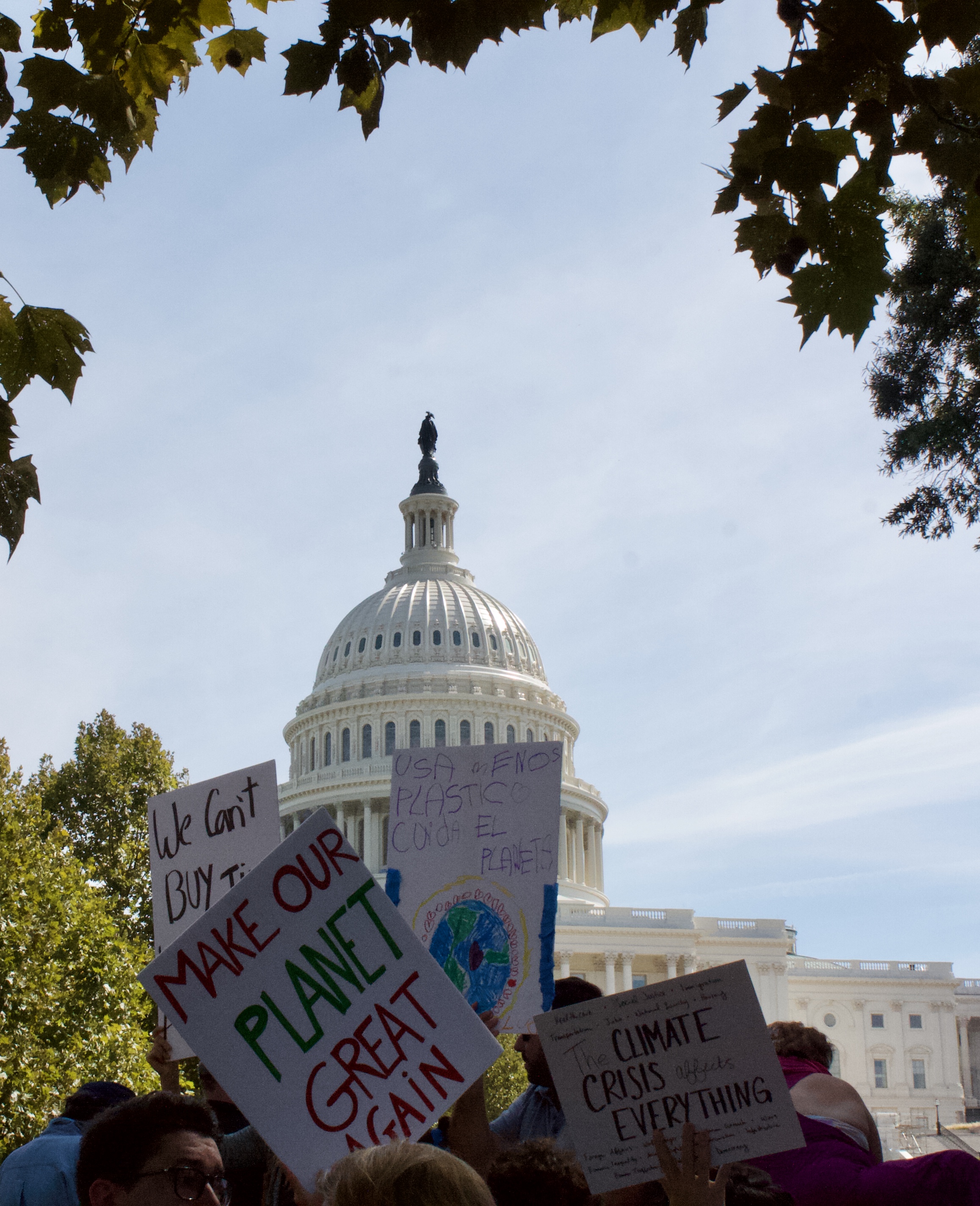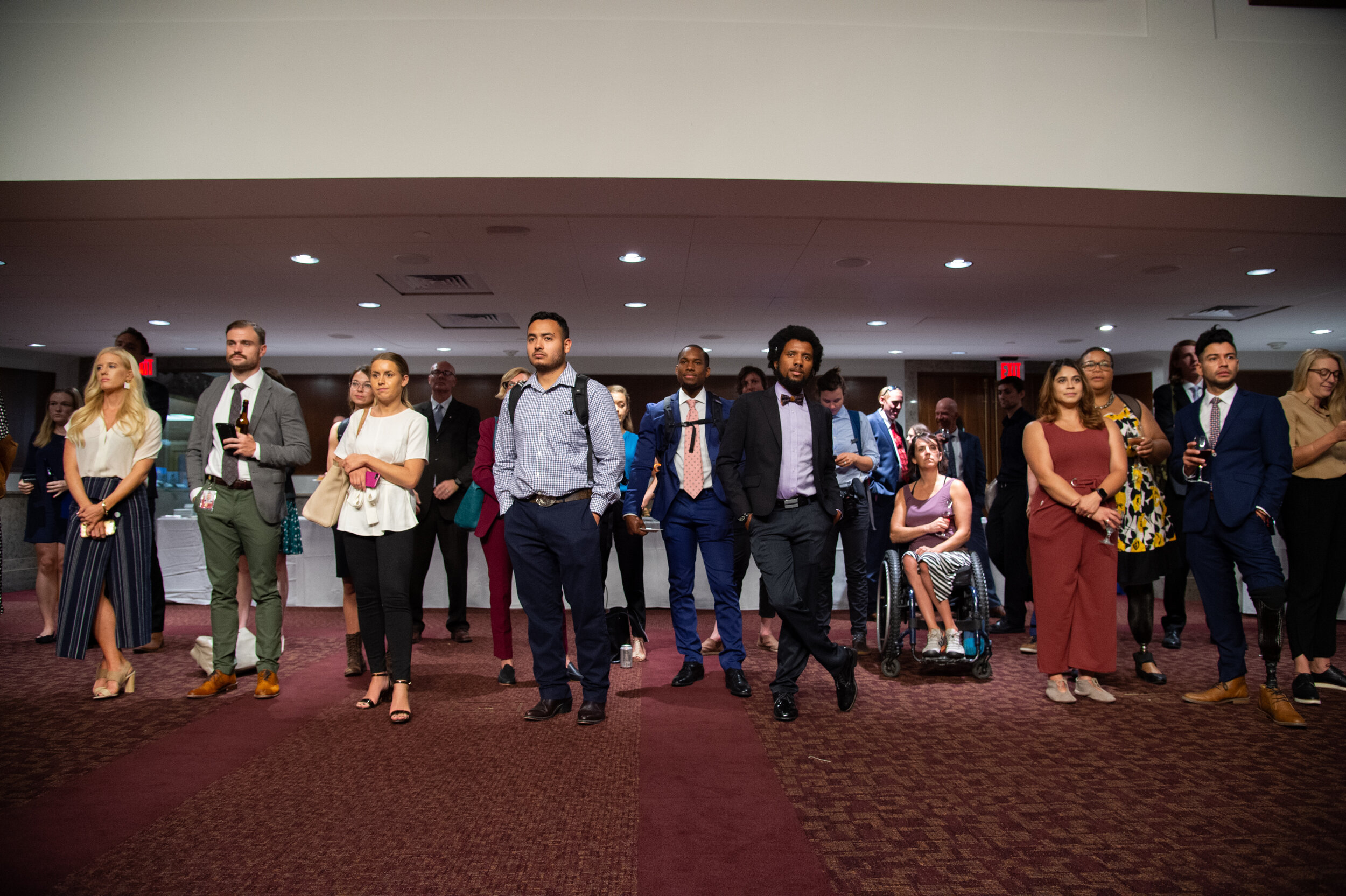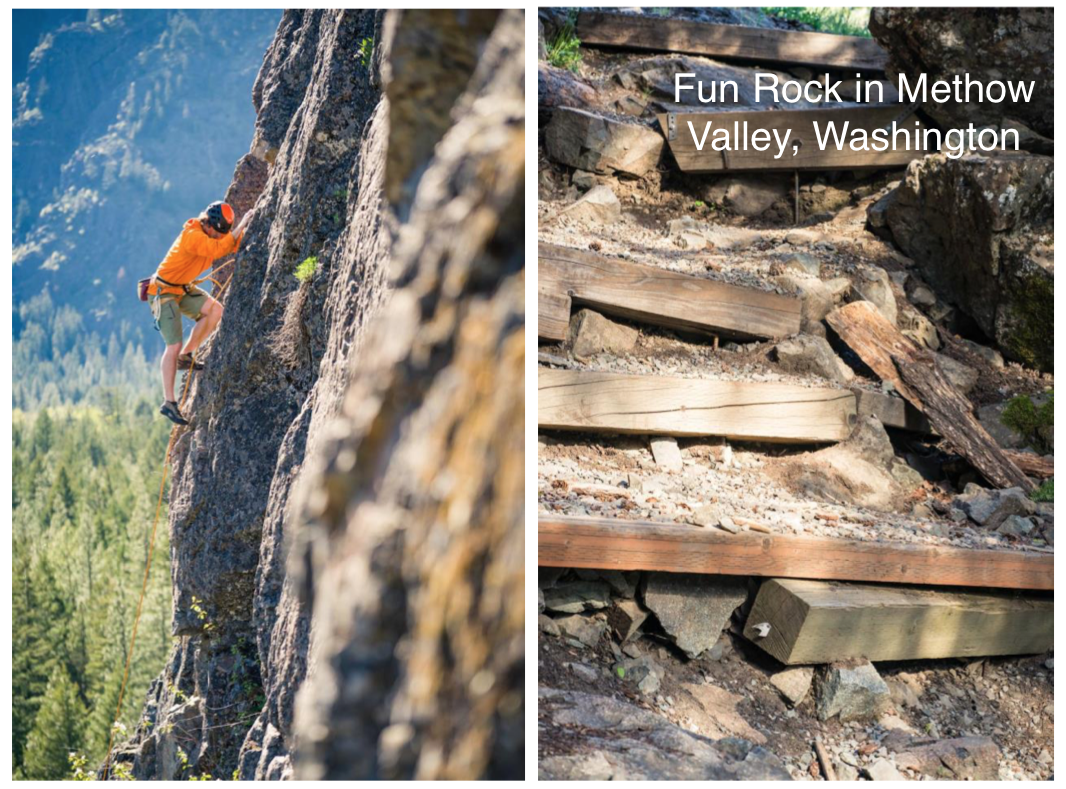Photo: Craig Hoffman
The Access Fund and American Alpine Club are pleased to announce the 2019 Anchor Replacement Fund grant award recipients. This grant program addresses the growing concerns of anchor failure and the access issues that could result from these incidents. This year, we are thrilled to announce funding for ten worthy anchor replacement projects across the country.
Wasatch and Uinta Mountains, UT - Salt Lake Climbers Alliance
Red River Gorge, KY - Red River Gorge Fixed Gear Initiative
Rumney, NH - Rumney Climbers Association
Sauratown Mountain and Cooks Wall, NC - Caroline Climbers Coalition
Obed, TN - East Tennessee Climbers’ Coalition
New River Gorge, WV - New River Alliance of Climbers
Boulder Canyon and Shelf Road, CO - Boulder Climbing Community
Wet Mountains, CO - Southern Colorado Climber’s Resource and Action Group
Tahoe Basin, CA - Tahoe Climbers Coalition
Queen Creek Canyon, AZ - Central Arizona Bolt Replacement Program
October 14, 2019, Golden, CO—The Access Fund and American Alpine Club are pleased to announce the 2019 Anchor Replacement Fund grant awards. Now in its fifth year, the grant program launched to address the growing concerns of anchor failure and the access issues that could result from these incidents. This year, we are thrilled to announce funding for ten worthy anchor replacement projects across the country.
Wasatch and Uinta Mountains, UT - Salt Lake Climbers Alliance
Salt Lake Climbers Alliance (SLCA) was awarded funding to replace aging hardware at crags across the region, including Maple Canyon, Little Cottonwood Canyon, American Fork Canyon, and the Uinta Mountains. Old hardware will be replaced with 1/2” stainless steel anchors using sustainable replacement techniques (hole re-use) to preserve the character of the routes and the rock. SLCA’s Wasatch Anchor Replacement Initiative is one of the leading local climbing organization-led fixed anchor replacement programs in the country.
Red River Gorge, KY - Red River Gorge Fixed Gear Initiative
Red River Gorge Fixed Gear Initiative (RRGFGI) was awarded funding to replace rusting and aging hardware on the steep sandstone cliffs throughout the region with 1/2” stainless glue-in anchors. RRGFGI is planning to replace over 300 bad bolts in 2020 and is striving to keep bad bolt reports in the region to fewer than 50 at any given time. RRGFGI works to replace aging bolts throughout the Red River Gorge region.
Rumney, NH - Rumney Climbers Association
Rumney Climbers Association was awarded funding to replace aging expansion bolts at several crags located at the popular Rumney climbing area. RCA’s efforts are widespread and ongoing, but emphasis in the coming year will be placed on updating hardware at Orange Crush, New Wave, and Bonsai with 1/2” stainless steel glue-in bolts.
Sauratown Mountain and Cooks Wall, NC - Caroline Climbers Coalition
Carolina Climbers Coalition (CCC) was awarded funding to replace aging hardware at Cooks Wall in Hanging Mountain State Park and Sauratown Mountain. CCC’s efforts will focus on replacing old 3/8” non-stainless wedge, sleeve, and drop-in anchors with new 1/2” stainless steel hardware.
Obed, TN - East Tennessee Climbers’ Coalition
East Tennessee Climbers’ Coalition (ETCC) was awarded funding to support their goal of rebolting the entire Obed in the next five years. ETCC has replaced 1,000 aging bolts in the past 17 months with new 1/2“ stainless anchors. This grant will help facilitate their ongoing effort to replace 4,000 aging bolts in the region.
New River Gorge, WV - New River Alliance of Climbers
New River Alliance of Climbers (NRAC) was awarded funding to rebolt the popular Tattoo and Beer Walls. These areas provide the highest concentration of beginner sport routes in the New River Gorge.
Boulder Canyon and Shelf Road, CO - Boulder Climbing Community
Boulder Climbing Community (BCC) was awarded funding to rebolt Black Widow Slab in Boulder Canyon and the Darkside at Shelf Road. The BCC will purchase 200 1/2” stainless steel sleeve bolts, 160 Wave Bolts, and 40 lower-off anchor set-ups to address aging hardware at these two popular crags.
Wet Mountains, CO - Southern Colorado Climber’s Resource and Action Group
Southern Colorado Climber’s Resource and Action Group (SoCo CRAG) was awarded funding to address aging hardware at crags in the Newlin Creek area of the Wet Mountains in southern Colorado. Efforts will focus on installing new 1/2“ stainless hardware and modern hangers on routes currently equipped with homemade hangers and aging bolts.
Tahoe Basin, CA - Tahoe Climbers Coalition
Tahoe Climbers Coalition (TCC) was awarded funding to replace aging hardware around the Tahoe Basin. As a newly formed local climbing organization, TCC’s efforts will bolster ongoing replacement efforts in the region, helping to ensure climbing in the Tahoe Basin remains accessible and bad bolts are replaced in a timely manner.
Queen Creek Canyon, AZ - Central Arizona Bolt Replacement Program
Central Arizona Bolt Replacement Program (CABRP) was awarded funding to address aging hardware at The Pond in Queen Creek Canyon. CABRP will replace 720 aging, rusty bolts with new stainless steel glue-in bolts. CABRP will also replace top anchor hardware on all routes with new quick links and top anchor hooks, addressing concerns around rusty, loose, and inferior hardware at the crag.




















